Prevent Cilantro Bolting: Are you tired of your cilantro turning bitter and going to seed before you can even enjoy it? I know I was! There’s nothing more frustrating than nurturing a beautiful herb plant only to have it bolt at the first sign of warm weather. Cilantro, a staple in so many cuisines from Mexican salsas to Southeast Asian curries, has been cultivated for thousands of years, with evidence suggesting its use dating back to ancient Egypt. Its vibrant flavor and versatility have made it a beloved herb worldwide.
But here’s the thing: cilantro is notoriously quick to bolt, meaning it prematurely flowers and produces seeds, rendering the leaves bitter and almost unusable. This is especially true in warmer climates or during the summer months. That’s why I’m so excited to share these simple yet effective DIY tricks to prevent cilantro bolting and extend your harvest. Imagine having fresh, flavorful cilantro readily available whenever you need it, without the constant worry of it turning bitter. These hacks will help you keep your cilantro happy and productive, ensuring a continuous supply of this delicious herb for all your culinary adventures. Let’s dive in and discover how to keep your cilantro thriving!
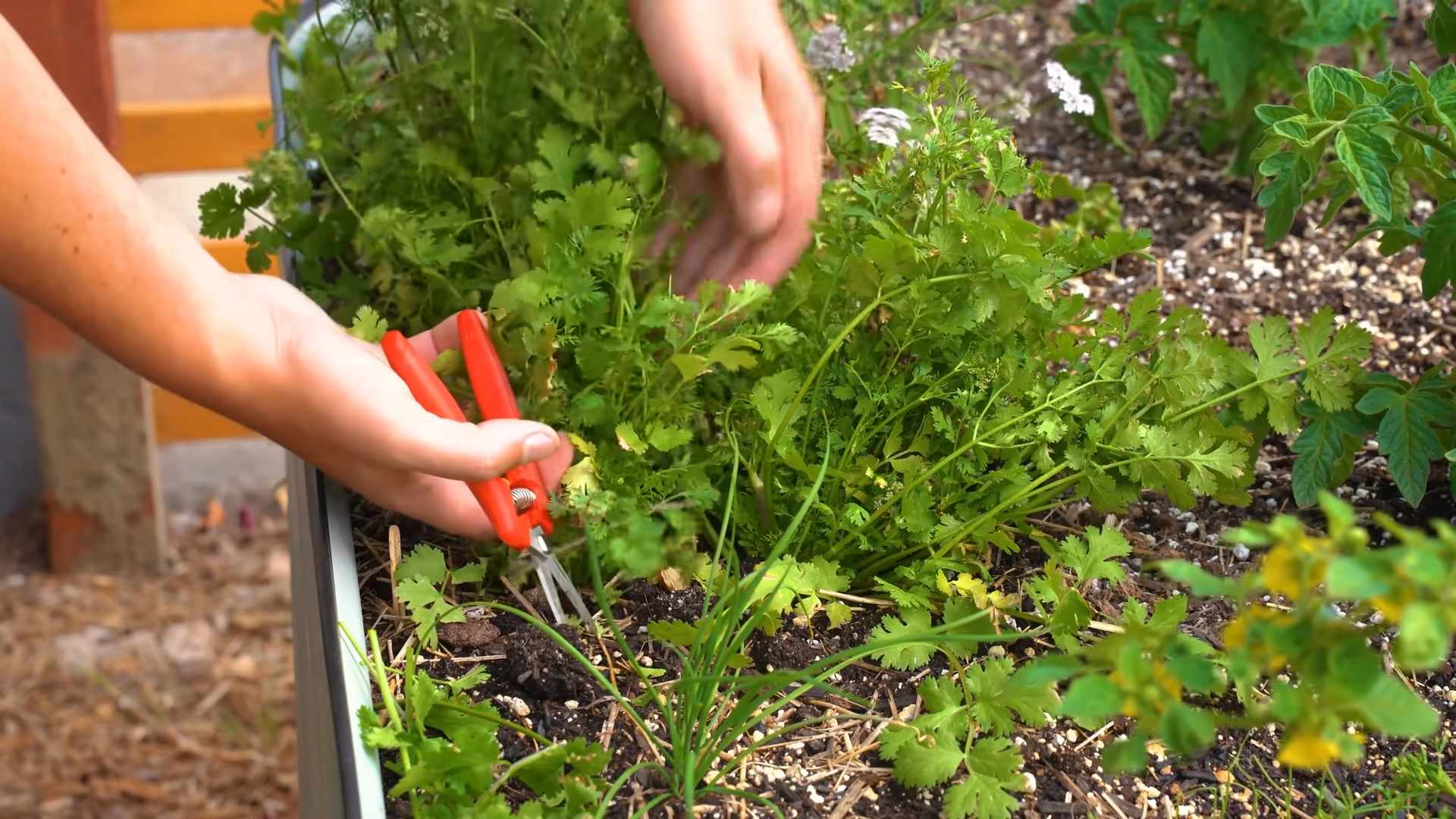
Prevent Cilantro Bolting: A Gardener’s Guide to Keeping Your Cilantro Fresh
Cilantro, also known as coriander, is a staple in so many dishes, from tacos to curries. But as a gardener, I know the frustration of watching my cilantro plants bolt – shooting up tall, producing seeds, and losing that delicious, leafy flavor. Bolting is cilantro’s natural response to stress, usually heat, but don’t worry! I’m going to share my tried-and-true methods for keeping your cilantro happy and productive for longer.
Understanding Why Cilantro Bolts
Before we dive into the how-to, let’s quickly understand why cilantro bolts. It’s all about survival! When cilantro experiences stress, particularly high temperatures, it thinks its time is running out. So, it focuses on reproduction – producing seeds – rather than growing those flavorful leaves we crave. Other factors that can trigger bolting include:
* Heat: This is the biggest culprit. Cilantro thrives in cooler temperatures.
* Lack of Water: Drought stress can also trigger bolting.
* Long Days: As the days get longer in summer, cilantro is more likely to bolt.
* Poor Soil: Nutrient deficiencies can weaken the plant and make it more susceptible to bolting.
* Root Disturbance: Transplanting can sometimes shock cilantro into bolting.
Choosing the Right Cilantro Variety
Did you know that some cilantro varieties are more bolt-resistant than others? Choosing the right variety is the first step in preventing premature bolting. Here are a few I recommend:
* Slow Bolt: As the name suggests, this variety is specifically bred to resist bolting. It’s a great choice for beginners.
* Santo: Another popular variety known for its bolt resistance and strong flavor.
* Leisure: This variety is also slow to bolt and produces abundant leaves.
* Calypso: A heat-tolerant variety that performs well in warmer climates.
Planting Strategies for Success
How and when you plant your cilantro can significantly impact its bolting tendencies. Here’s my planting strategy:
* Timing is Key: Plant cilantro in early spring or late summer/early fall. Avoid planting during the hottest months of the year. I usually start seeds indoors about 4-6 weeks before the last expected frost in spring, and then again in late summer for a fall harvest.
* Succession Planting: This is my secret weapon! Plant small batches of cilantro every 2-3 weeks. This way, you’ll have a continuous supply of fresh cilantro and won’t be relying on a single planting that’s likely to bolt all at once.
* Location, Location, Location: Choose a location that receives partial shade, especially during the hottest part of the day. Morning sun is ideal. If you’re in a very hot climate, consider planting cilantro in a container so you can move it to a shadier spot as needed.
* Direct Sowing vs. Transplanting: Cilantro doesn’t always love being transplanted, as root disturbance can trigger bolting. I prefer to direct sow seeds whenever possible. If you do transplant, be very gentle with the roots.
Step-by-Step Planting Guide
Here’s how I plant my cilantro, whether direct sowing or transplanting:
Direct Sowing:
1. Prepare the Soil: Cilantro prefers well-drained soil that’s rich in organic matter. Amend your soil with compost or well-rotted manure before planting.
2. Sow the Seeds: Sow seeds about 1/4 inch deep and 1 inch apart. You can sprinkle them along a row or scatter them in a small area.
3. Water Gently: Water the soil gently to avoid disturbing the seeds. Keep the soil consistently moist until the seeds germinate.
4. Thin Seedlings: Once the seedlings emerge, thin them to about 6-8 inches apart. This will give them enough room to grow and prevent overcrowding.
Transplanting:
1. Start Seeds Indoors: Sow seeds in seed trays or small pots filled with seed-starting mix. Follow the same depth and spacing guidelines as for direct sowing.
2. Provide Light and Water: Keep the seedlings under grow lights or in a sunny window. Water regularly to keep the soil moist.
3. Harden Off Seedlings: Before transplanting, gradually acclimate the seedlings to outdoor conditions by exposing them to increasing amounts of sunlight and wind over a week or two.
4. Transplant Carefully: Dig a hole that’s slightly larger than the root ball of the seedling. Gently remove the seedling from its container and place it in the hole. Backfill with soil and water thoroughly.
Watering and Feeding for Happy Cilantro
Proper watering and feeding are crucial for preventing bolting. Here’s my approach:
* Consistent Watering: Cilantro needs consistent moisture to thrive. Water deeply whenever the top inch of soil feels dry. Avoid overwatering, which can lead to root rot.
* Mulching: Apply a layer of mulch around your cilantro plants to help retain moisture and keep the soil cool. Straw, wood chips, or shredded leaves work well.
* Fertilizing: Cilantro is a light feeder. I usually fertilize it with a balanced organic fertilizer every few weeks. Avoid over-fertilizing, especially with nitrogen, as this can encourage leafy growth at the expense of flavor. Fish emulsion or compost tea are great options.
Harvesting Techniques to Delay Bolting
How you harvest your cilantro can also influence its bolting tendencies. Here’s what I do:
* Harvest Regularly: Don’t wait until your cilantro plants are huge before harvesting. Regular harvesting encourages new growth and delays bolting.
* Cut Outer Leaves: When harvesting, cut the outer leaves first, leaving the inner leaves to continue growing. This is known as “cut-and-come-again” harvesting.
* Pinch Off Flower Buds: As soon as you see flower buds forming, pinch them off. This will redirect the plant’s energy back into leaf production.
Dealing with Bolted Cilantro
Even with the best efforts, cilantro can still bolt, especially during hot weather. But don’t despair! Here’s what I do when my cilantro bolts:
* Harvest the Seeds: Cilantro seeds are coriander! Let the seed heads dry on the plant, then harvest them and store them in an airtight container. You can use them in cooking or save them for planting next season.
* Let it Self-Seed: If you don’t mind cilantro popping up in your garden, let the bolted plants self-seed. You’ll likely have new cilantro plants in the fall or the following spring.
* Compost the Plants: Once the plants have finished producing seeds, compost them.
Extra Tips and Tricks
Here are a few extra tips and tricks I’ve learned over the years:
* Shade Cloth: If you live in a hot climate, consider using shade cloth to protect your cilantro plants from the intense sun.
* Companion Planting: Plant cilantro near other plants that provide shade, such as tomatoes or peppers.
* Container Gardening: Growing cilantro in containers allows you to move it to a cooler location as needed.
* Watering in the Morning: Water your cilantro plants in the morning to give the leaves time to dry before nightfall. This helps prevent fungal diseases.
* Monitor for Pests: Keep an eye out for pests like aphids and whiteflies. Treat infestations promptly to prevent stress on the plants.
Troubleshooting Common Cilantro Problems
Even with the best care, you might encounter some problems with your cilantro. Here are a few common issues and how I address them:
* Yellowing Leaves: This can be caused by overwatering, nutrient deficiencies, or fungal diseases. Make sure your soil is well-drained, fertilize regularly, and avoid overhead watering.
* Stunted Growth: This can be caused by poor soil, lack of sunlight, or pests. Amend your soil with compost, provide adequate sunlight, and treat pest infestations promptly.
* Bolting: As we’ve discussed, bolting is a common problem with cilantro. Follow the tips above to prevent it.
My Favorite Cilantro Recipes
Now that you know how to grow and harvest cilantro, here are a few of my favorite recipes to use it in:
* Guacamole: A classic! Fresh cilantro is a must-have ingredient.
* Salsa: Another classic! Cilantro adds a bright, fresh flavor to salsa.
* Tacos: Sprinkle chopped cilantro on your tacos for a burst of flavor.
* Curries: Cilantro is a common ingredient in many curries.
* Salads: Add chopped cilantro to your salads for a fresh, herbaceous flavor.
* Cilantro Lime Rice: A simple and delicious side dish.
By following these tips and tricks, you can enjoy a continuous supply
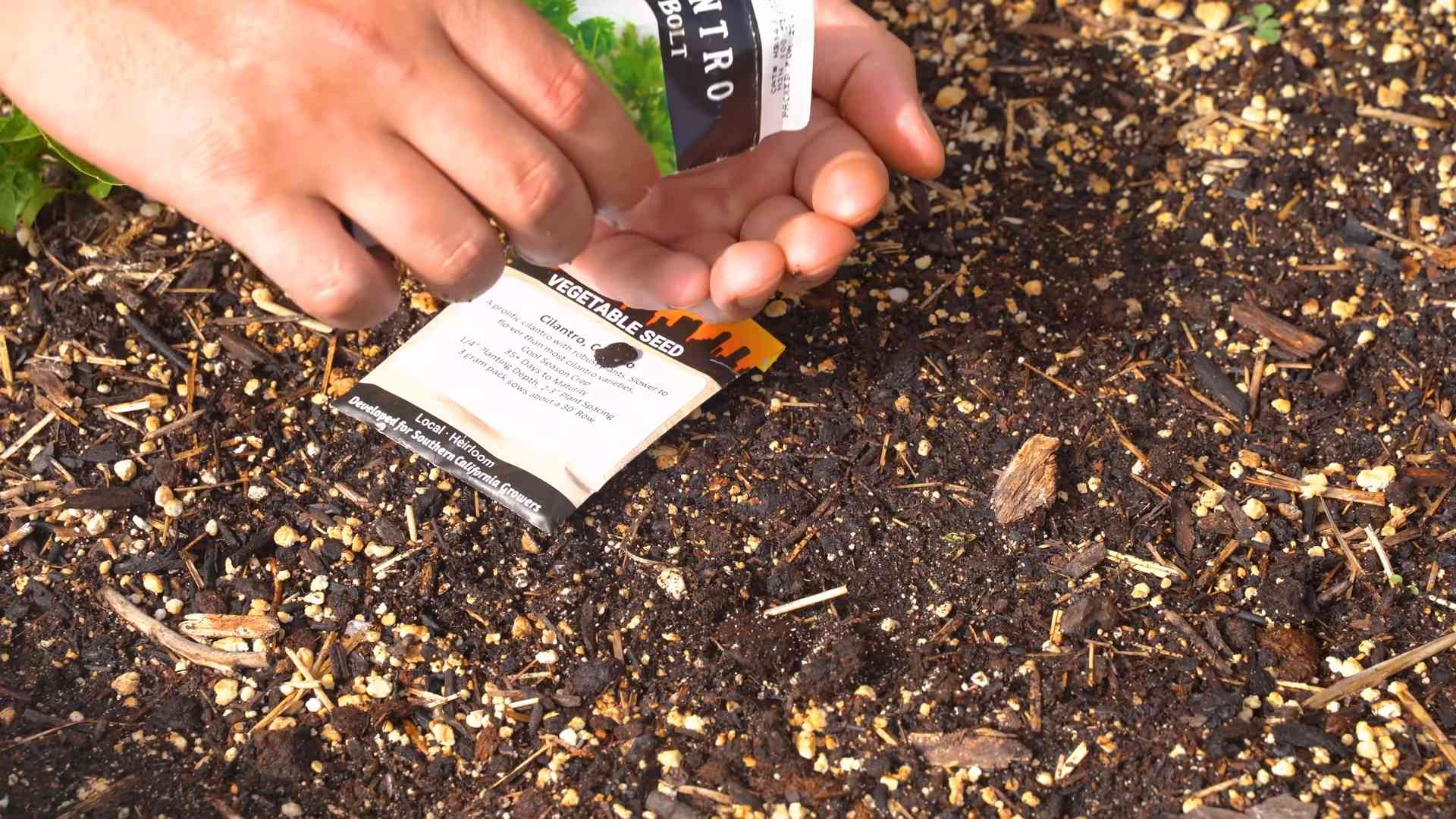
Conclusion
So, there you have it! Preventing cilantro bolting doesn’t have to be a constant battle against nature. By implementing these simple yet effective strategies, you can extend the life of your cilantro harvest and enjoy its fresh, vibrant flavor for much longer. This DIY trick is a must-try for any home gardener, whether you’re a seasoned pro or just starting out. Imagine the satisfaction of snipping fresh cilantro from your garden weeks after your neighbors’ plants have already gone to seed!
The beauty of this approach lies in its adaptability. Feel free to experiment with different shade cloths or companion planting techniques to find what works best for your specific climate and garden setup. For example, if you live in a particularly hot and sunny area, consider using a heavier shade cloth or planting your cilantro in a location that receives afternoon shade. You could also try succession planting, sowing new seeds every few weeks to ensure a continuous supply of fresh cilantro throughout the growing season. Another variation is to focus on selecting slow-bolt varieties of cilantro seeds. These varieties are specifically bred to resist bolting, giving you a head start in your efforts to prolong the harvest.
Don’t underestimate the power of consistent watering and well-drained soil. Cilantro thrives in moist, but not waterlogged, conditions. Regularly check the soil moisture and adjust your watering schedule accordingly. Adding organic matter to the soil, such as compost or well-rotted manure, can improve drainage and provide essential nutrients for healthy growth.
Ultimately, the key to success is observation and adaptation. Pay close attention to your cilantro plants and adjust your strategies as needed. If you notice signs of bolting, such as elongated stems and the formation of flower buds, take immediate action to mitigate the effects. This might involve providing more shade, increasing watering, or harvesting the leaves more frequently.
We are confident that these tips will significantly improve your cilantro growing experience. We encourage you to try this DIY trick and see the difference it makes in your garden. Don’t be afraid to experiment and find what works best for you. And most importantly, share your experiences with us! We’d love to hear your success stories, challenges, and any additional tips you’ve discovered along the way. Let’s build a community of cilantro enthusiasts who are dedicated to preventing cilantro bolting and enjoying the fresh, flavorful herb all season long. Share your photos and stories on social media using #NoMoreBoltingCilantro or leave a comment below. Happy gardening!
Frequently Asked Questions (FAQ)
Why does cilantro bolt so easily?
Cilantro is a cool-season annual, meaning it naturally wants to complete its life cycle – grow, flower, produce seeds, and die – within a single growing season. Bolting, the process of sending up a flower stalk, is triggered by stress factors such as high temperatures, long days (lots of sunlight), and inconsistent watering. When cilantro experiences these stressors, it prioritizes reproduction over vegetative growth (leaf production), resulting in the plant bolting and the leaves becoming bitter.
How do I know if my cilantro is bolting?
The most obvious sign of bolting is the appearance of a tall, elongated stem emerging from the center of the plant. This stem will eventually produce flower buds and then small, white flowers. Other signs include a change in leaf shape (becoming more feathery and less rounded) and a noticeable bitterness in the taste of the leaves. The plant may also appear to be growing more rapidly upwards than outwards.
Can I still eat cilantro after it has bolted?
While the leaves of bolted cilantro are still technically edible, they will have a significantly more bitter and less desirable flavor. Some people find the bitterness overpowering, while others may still use the leaves sparingly in cooked dishes. The cilantro seeds, also known as coriander, are also edible and have a distinct flavor that can be used in cooking and baking.
What are the best cilantro varieties to prevent bolting?
Certain cilantro varieties are known to be more resistant to bolting than others. Look for varieties labeled as “slow-bolt” or “long-standing.” Some popular slow-bolt varieties include ‘Slow Bolt,’ ‘Santo,’ ‘Calypso,’ and ‘Leisure.’ These varieties are bred to withstand higher temperatures and longer days without bolting as quickly.
How often should I water my cilantro to prevent bolting?
Consistent watering is crucial for preventing cilantro bolting. Aim to keep the soil consistently moist, but not waterlogged. Water deeply whenever the top inch of soil feels dry to the touch. The frequency of watering will depend on your climate, soil type, and the amount of sunlight your cilantro receives. In hot, dry weather, you may need to water daily.
What kind of soil is best for growing cilantro?
Cilantro prefers well-drained soil that is rich in organic matter. Amend your soil with compost or well-rotted manure before planting to improve drainage and fertility. A slightly acidic to neutral soil pH (around 6.0 to 7.0) is ideal.
Can I grow cilantro indoors to prevent bolting?
Yes, growing cilantro indoors can be a great way to control the environment and prevent bolting. Place your cilantro in a sunny location, such as a south-facing window, or use grow lights to provide adequate light. Maintain a consistent temperature and water regularly.
What companion plants can help prevent cilantro bolting?
Some companion plants can help to shade cilantro and keep the soil cool, which can help to prevent bolting. Good companion plants for cilantro include taller plants like tomatoes, peppers, and sunflowers. These plants can provide shade during the hottest part of the day.
How can I harvest cilantro to encourage continued growth?
Harvest cilantro regularly by snipping off the outer leaves, leaving the inner leaves to continue growing. This encourages the plant to produce more leaves and can help to delay bolting. Avoid cutting the entire plant down to the ground, as this can stress the plant and trigger bolting.
What if my cilantro has already bolted?
Even if your cilantro has already bolted, you can still salvage some of the harvest. Harvest the cilantro seeds (coriander) for use in cooking and baking. You can also try cutting back the bolted stems to encourage new growth, although the leaves may still be somewhat bitter. Consider planting new cilantro seeds to ensure a continuous supply of fresh cilantro.

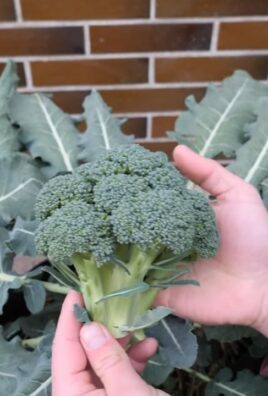
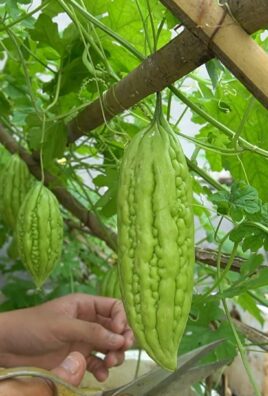
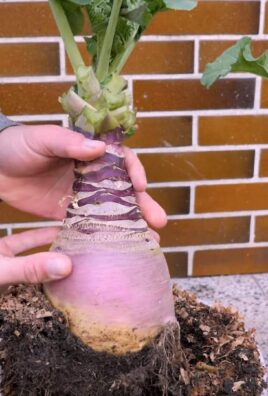
Leave a Comment